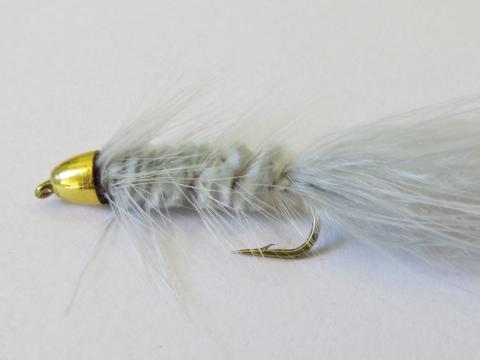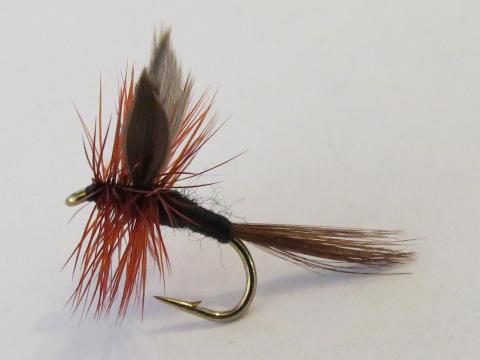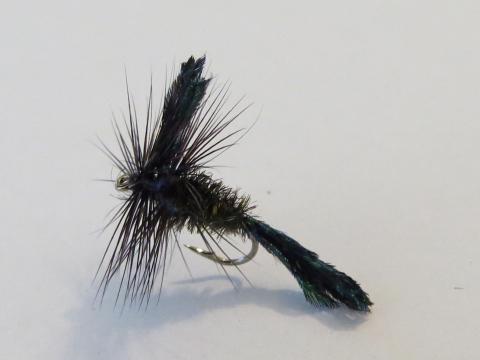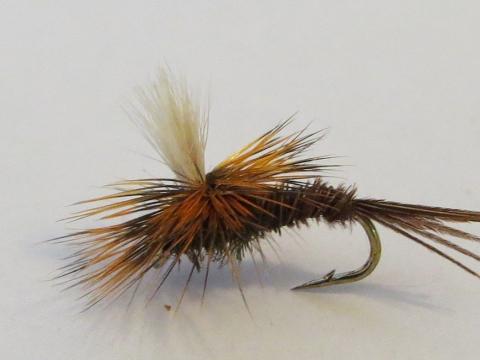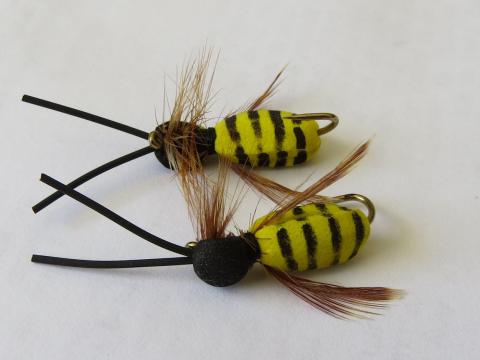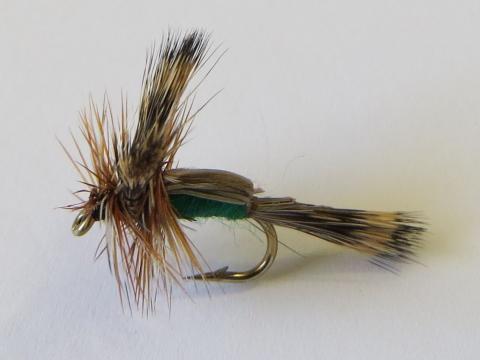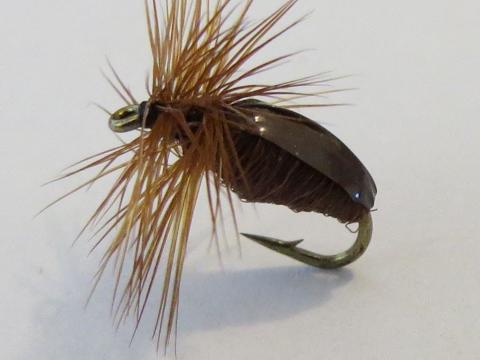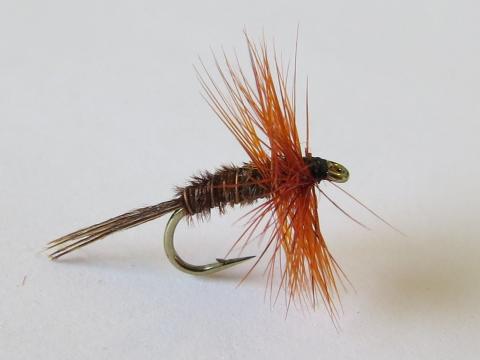It was an early start. Dan and I were keen to look for a deer then go for a fish. We found a red hind about 15 m away. Dan took at least 30 seconds with the .223 to place the perfect shot. Turns out he missed. About a half hour later when I took him back to find it. I had two cracks with buckshot as it ran into the bush. We looked for at least an hour for sign of wounding. All we found were footprints leading away. It was a pretty bad fail.
The lake was the lowest we have seen this season. It was at least one metre lower than it had been all summer. We worked our way down and fished a lot of country before Dan finally caught a great rainbow on a bead head grey woolly bugger. It was then my turn. I tied on a length of 10 pound fluoro with a cone head grey woolly bugger. It took a while and a lot of casts before I got mine.
So we had a couple of good rainbows for the smoker and Thai red curry fish cakes, our new favourite dish. Killing trout here is not a big deal; there are plenty and everyone should take a couple. This had taken a few hours. We did not care; it was a glorious morning, except for missing the red hind.
We got back up where there was some river flow. The lower the lake gets, the faster the flow at the top. We stopped to stretch and the risers had started. It is the same every year at this time. We did notice a lot of wasps in the willow trees. This time of year they eat sap from the willow leaves. We noticed a couple fluttering in the water. I put on a wasp dry fly for Dan and we went on the hunt. It was not easy as Dan is neither fast or accurate. He hooked four or five but kept losing them. Then he handed me his rod and I quickly hooked and landed a rainbow. I dropped it before we could get a photo, doh! In a size 10, the foam bodied wasp probably does not have quite enough hook gape. I will try them in a larger size next time.
Then Dan hooked and lost a couple more on the wasp. We declared it my turn. I tied a green humpy directly to the 10 pound fluoro. Below it I started with a Twilight Beauty dry fly on a smaller tippet of five or six pound. It did not take long. Then I put a size 16 pheasant tail dry fly below. That did not take long either. My third in a row was on a Love's Lure dry fly. It is often taken as a beetle but in foam lines, I reckon they take whatever floats by.
Dan's turn again... I kept his wasp dry fly on and tied a Parachute pheasant tail dry fly below. It requires speed and accuracy in the foam lines. The foam lines constantly shift and so do the trout. Once they slowly rise, you drop a fly right in front of them and they take. If they are no longer there, they do not see your offering. It is that simple.
We picked up a couple more fish and wanted one more to go on ice. I decided it was my turn. It took a while with at least four fish rising but I got the best rainbow of the day on a brown beetle dry fly. It was literally just above the bridge where we took out. I was giving up as it was already four o clock and I had dinner plans. It worked out well with our limit of four good rainbows to eat.
So I suspected wasps were on the menu. Below are photos of gut contents from the two rainbows I prepared. Dan took the other two. The first had a lot of wasps, lacemoths, caddis, nymphs, a cranefly, a weird long beetle, blowfly, and even a laybug. The second had a bunch of large, black beetles, lacemoths, caddis, and some other food groups. The point is they are eating whatever floats by. The moral of the story is make sure they see it in their line of feeding. Tight lines...










